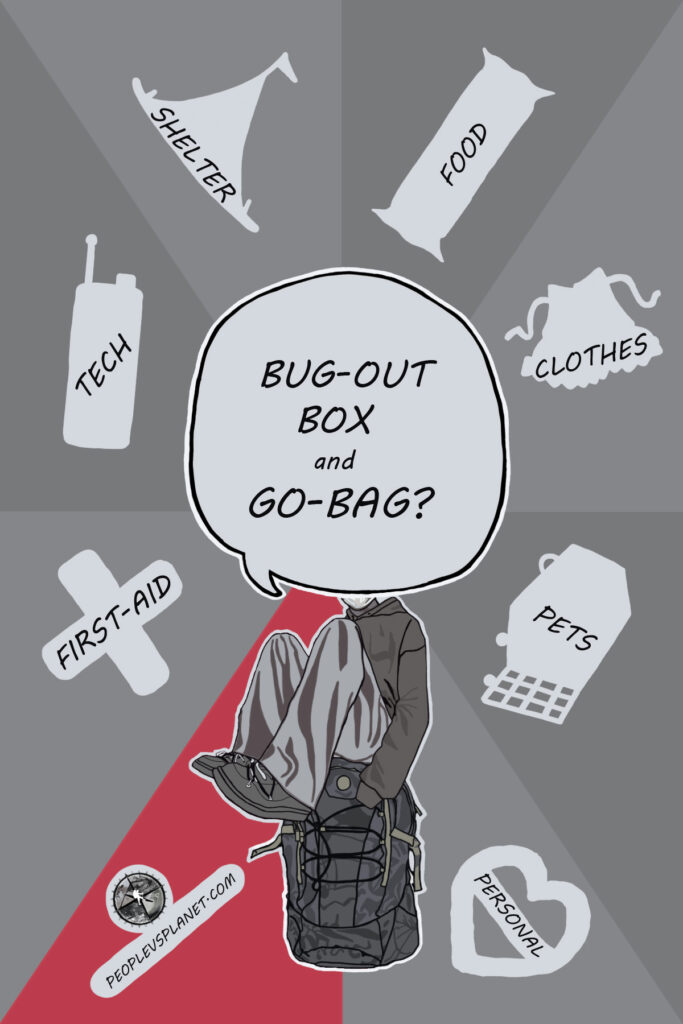In a nation renowned for its breathtaking landscapes and diverse climatic regions, the United States has also endured the wrath of nature’s fury in the form of severe storms and the death toll that follows. While these phenomena may captivate the human curiosity with their awe-inspiring displays of power, they often leave behind a trail of destruction and tragedy. This article delves into the somber reality of the death toll caused by severe storms in the United States, shedding light on the historical context, trends, and potential ways to mitigate these devastating outcomes.
Honesty Alert: Highlighted Clickable Affiliate Links Present
Understanding Severe Storms in the United States
Severe storms encompass a range of meteorological events, including hurricanes, tornadoes, blizzards, and thunderstorms. These occurrences arise from the triple-threat interplay between atmospheric conditions, temperature differentials, and geographical factors, and who better to consult than the NOAA. The United States, one of the largest nations worldwide, is particularly susceptible to these climatic outbursts. Tornado Alley, PNW Rainy Season, NE Flooding, Snowmaggedon, SW Heat Dome, Hurricane Central; all nicknames associated with catastrophe in the United States. As such, it is essential to grasp the magnitude of their impact on human lives.

Historical Context
Throughout its history, the United States has witnessed several unforgettable storms that have left an indelible mark on its collective memory. The Great Galveston Hurricane of 1900, referred to as the deadliest natural disaster in U.S. history, claimed the lives of an estimated 8,000 people. In years that followed, major hurricanes such as Andrew (1992), Katrina (2005), and Harvey (2017) further demonstrated the catastrophic potential of these events. While it may not top the list, Hurricane Charlie and his buddies that followed wreaked havoc on the Central Florida economy for 3 years.
Most recently, areas of the United States not typically looked at for summertime weather devastation, have experienced levels of record-breaking extreme heat. Wildfires may not seem to be a weather event at first glance, but the conditions that lead up to the flame spread is why these fires are gaining strength, speed, and longevity.
Analyzing the Death Toll
Severe storms have accounted for a significant number of fatalities in the United States over the years. Tornadoes, with their swift and unpredictable nature, have been responsible for a substantial portion of these deaths. Between 1950 and 2019, tornadoes claimed an average of 63 lives per year, with particularly deadly outbreaks causing hundreds of fatalities.
Hurricanes, while less frequent, have proven to be equally lethal when they make landfall. The combination of strong winds, torrential rains, and storm surges often results in widespread devastation. The National Hurricane Center reports that an average of 82 deaths occur annually due to hurricane-related hazards, ranging from flooding to wind-related accidents.
Thunderstorms, though more common, also contribute significantly to the death toll. Lightning strikes, flash floods, and wind-related incidents can all result in fatalities during severe thunderstorms. Between 2000 and 2019, an average of 42 people lost their lives each year due to lightning strikes alone.

Extreme heat is the number one cause for spiking the death toll in the U.S., claiming 39 Arizona lives in July alone, with another 312 deaths being investigated. Heat dome has become a global phrase related to temperatures shattering the mercury above 40C/105F in uncommon settings. Humans aren’t meant to sustain their core temperatures in environments exceeding 95F. The hottest spot in the world, Death Valley, NV, topped out at 138F just weeks ago.
Trends and Vulnerabilities
Analyzing the death toll of severe storms reveals distinct trends and vulnerabilities, underscoring the need for increased preparedness and awareness. Low-income communities with inadequate infrastructure often face greater risks, as they may lack the resources to effectively respond to and recover from these events. Additionally, the impact of climate change introduces a new layer of uncertainty. This potentially leads to more frequent and intense storms.
Residents in high impact areas are stuck between rising prices and limited evacuation transportation. Many of the deaths in 2005 during and after Hurricane Katrina was directly connected to the overwhelming population of New Orleans not having the financial stability to get out. Evacuation demands the commitment of a couple thousand dollars that most Americans just don’t have. This leads to survival attempts in a situation people should not stick around for.
Mitigation Strategies

To address the alarming death toll of severe storms, a multifaceted approach is necessary. First and foremost, enhancing early warning systems is paramount. Timely alerts enable residents to take necessary precautions, evacuate if needed, and seek shelter in a timely manner. Public education campaigns and community drills can significantly improve disaster preparedness and response.
Furthermore, investing in resilient infrastructure can substantially reduce the impact of severe storms. Reinforcing buildings, improving drainage systems, and implementing flood barriers can mitigate the extent of damage and safeguard lives. Local and federal governments, along with non-governmental organizations, must collaborate to prioritize these initiatives.
The death toll of severe storms in the United States serves as a stark reminder of nature’s awesome power and its potential to wreak havoc on human lives. As we navigate an era of changing climatic patterns and increasing risks, it is imperative that we collectively strive to enhance our preparedness, response, and resilience. By investing in advanced warning systems, community education, and robust infrastructure, we can work towards minimizing the tragic consequences of severe storms and ensuring the safety and well-being of all citizens. In this pursuit, a united effort is not just a choice but a moral imperative for the nation and its future generations.
